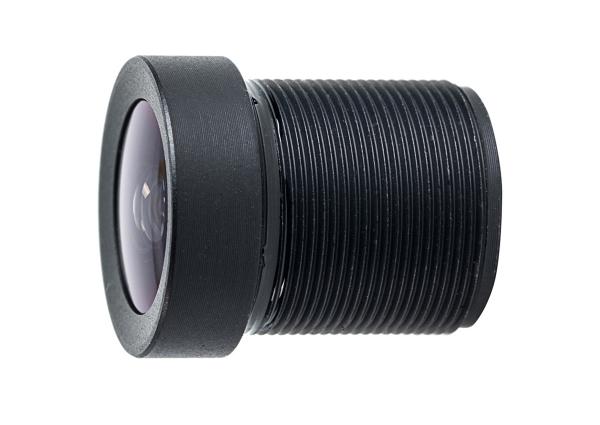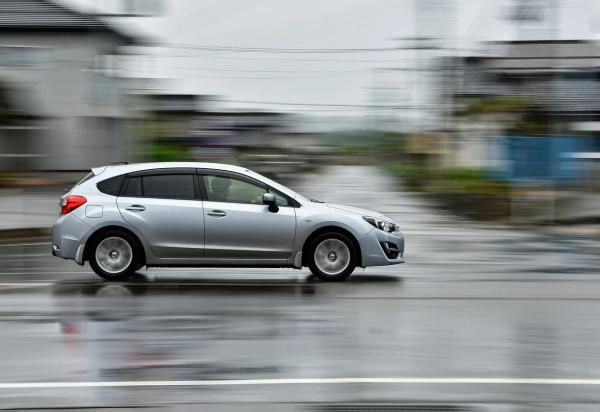The Function, Principle And Factors Affecting Market Demand Of Automotive Lenses
The current development of automobile manufacturing technology, the development of intelligent automobile technology, and people’s increased requirements for automobile driving safety have all promoted the application of automotive lenses to a certain extent.
1、The function of automotive lenses
The automotive lens is an important part of the car camera. As a camera device installed on a car, the functions of the automotive lens are mainly reflected in the following aspects:
Driving records
The automotive lens can record images during driving and store these images in video format. This is very important for vehicle accident investigation and liability determination, and can also be used to prove traffic violations or the basis for insurance claims.
The driving recorder can record time, vehicle speed, driving route and other information, and provide the most direct and accurate evidence for the restoration of the accident through high-definition photography.
Automotive lens for cars
Driving assistance
Automotive lenses can help drivers observe the situation around the vehicle and provide auxiliary perspectives. For example, the reversing camera can provide an image of the rear when reversing, helping the driver to better understand the distance and position between the vehicle and obstacles and prevent collisions.
Other driving assistance functions of in-car lenses include blind spot monitoring, lane departure warning, etc. These functions can capture and analyze road information through in-vehicle lenses and provide relevant tips and warnings to the driver.
Safety protection
Automotive lenses can also be used for safety protection. Some automotive lenses are equipped with collision sensing functions or infrared night vision functions, which can detect and record traffic accidents, thefts, etc. in time. At the same time, the automotive lens can also be equipped with a protection module to monitor the surrounding environment of the vehicle, including collision alarm, theft alarm and other functions.
2、The principle of automotive lens
The design principles of automotive lenses mainly include the construction of optical systems and the optimization of image processing algorithms, so as to achieve accurate capture and effective analysis of road scenes.
Optical principle
The automotive lens uses an optical lens system, which includes convex lenses, concave lenses, filters and other components. Light enters the lens from the scene being photographed, and is refracted, scattered and focused by the lens, and finally forms a clear image on the image sensor. The design and material selection of the lens will affect the focal length, wide angle, aperture and other parameters to meet different shooting requirements.
The automotive lens
Image processing principles
Automotive lenses are generally equipped with image sensors, which are components that convert light signals into electrical signals. Commonly used image sensors include CMOS and CCD sensors, which can capture image information based on light intensity and color changes. The image signal collected by the image sensor is A/D converted and then transmitted to the processing chip for image processing. The main steps of image processing include denoising, contrast enhancement, color balance adjustment, real-time compression, etc., to improve image quality and reduce data volume.
3、Factors affecting the market demand for automotive lenses
With the development of the automobile industry and the emphasis on safety and convenience by car owners, the market demand for automotive lenses continues to grow. In general, the market demand for automotive lenses is mainly affected by the following aspects:
Demand for video recording
More and more car owners or fleets need to record the driving process for later review or use as evidence. Therefore, the automotive lens market has a certain demand for products with high-definition camera and storage functions.
The need for security
With the development of intelligent driving technology, automotive lenses play an important role in driving assistance and vehicle safety. The market demand for automotive lenses with high resolution, wide-angle field of view and strong visibility in low-light conditions is increasing.
Car in motion
The need for comfort
The popularity of in-car entertainment, navigation and other functions has also promoted the development of the automotive lens market to a certain extent. High-precision image sensors, filters and lens focusing technologies can provide better image quality and user experience.
Final Thoughts:
If you are interested in purchasing various types of lenses for surveillance, scanning, drones, smart home, or any other use, we have what you need. Contact us today to learn more about our lenses and other accessories.


